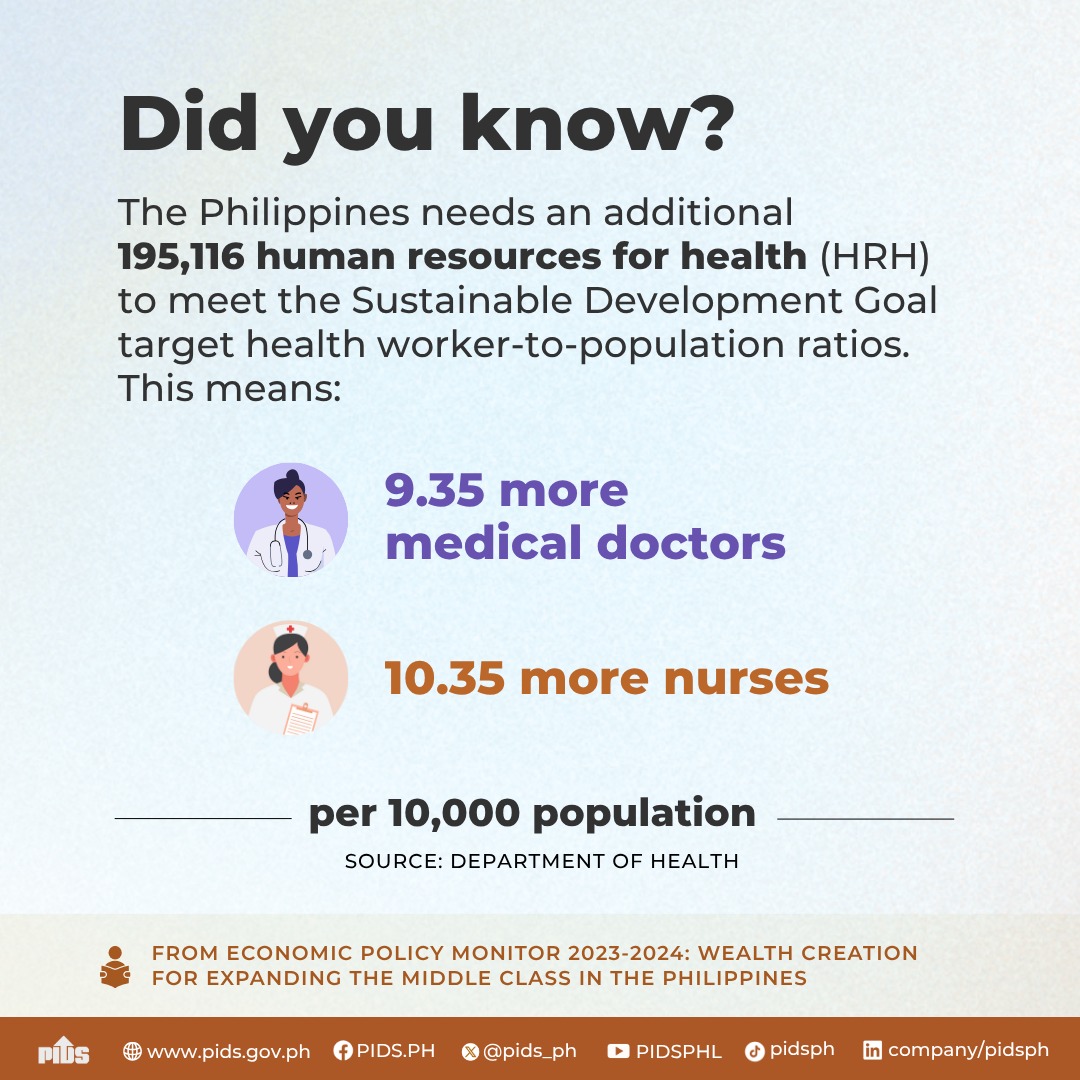WHEN is actually the best time to suspend classes?
The Department of Education’s (DepEd) Order 37 serves as the basis for automatic class suspensions, tied to storm signal warnings issued by the Philippine Atmospheric, Geophysical, and Astronomical Services Administration (Pagasa). For instance, classes in all levels are only canceled automatically in areas under Signal No. 3.
The order also indicates that local government heads can announce class suspensions based on local conditions, a decentralized approach that allows flexibility.
Pagasa’s current system issues warnings with varying durations depending on the severity of the storm; the lead time decreases as the signal number increases. Signal No. 1, for example, allows up to 36 hours of lead time before the expected onslaught of a storm.
For Ricarido Saturay, a science high-school teacher, the lead time is not always indicative of an immediate threat, as wind impacts may not be felt for hours. As such, suspending classes too early may result in missed learning days. Saturay majored in geology for both his bachelor’s and master’s degrees, and holds a PhD in data science.
“The 36 hours, it’s such a long time, but it’s good to be prepared ahead,” he told BusinessMirror in a mix of English and Filipino. “But as I was thinking, how long does it take for you to send your kids back to their homes? You could have one or two days [of class] that you will miss … you still won’t [really] experience that wind threat in 36 hours.”
The last academic year lost a total of 55 teaching days, according to the government think tank Philippine Institute for Development Studies (PIDS), due to typhoons, conflict, and school celebrations, among others.
Karol Mark Yee, executive director of the Second Congressional Commission on Education, lamented that the whopping number of disruptions provided “very limited time” for students to “absorb the lessons.”
Emphasizing the need to effectively communicate lead time to the public, Saturay expressed a belief that DO 37 could still be enforced while suggesting that automatic class suspensions should not be declared immediately upon raising a storm signal.
“There can still be an automatic suspension but they shouldn’t say automatic suspension immediately upon raising,” he said. “Maybe give it 12 hours or 24 hours after the signal number is raised, then it can still be an automatic suspension.”
The teacher’s advice to DepEd? “In consultation with Pagasa, they should set the appropriate time for suspension.”
Amend DO 37?
On November 20, an education undersecretary said that his principal, Secretary Sonny Angara, vowed that DO 37 would be amended to ensure the balance between students’ safety and the need for uninterrupted learning.
“His instruction was that by next week, we should report our draft amendments to DO 37,” Undersecretary for governance and field operations Revsee Escobedo said in a radio interview.
“What Secretary Angara wants is to have a balance between prioritizing the safety and welfare of our teachers and learners, but on the other hand, ensure that the class suspensions are reasonable and would not further exacerbate the learning crisis that we are currently in,” he added.
Pagasa side
THE lead time, while helpful, is not always sufficient to fully prepare for the storm, especially in terms of the amount of rainfall that can arrive even before the wind does, according to Pagasa Zamboanga officer-in-charge Rodel Inclan.
“In those short periods, there are a lot of things that can happen,” he said during a hydrometeorological risk reduction forum on November 22. “The signal number given is only for the strength of the wind. But the rain, most likely, is already in that area.”
Inclan said it’s better to be prepared before it’s too late. “It’s not exactly 36 hours,” he said. “So at least we can prepare and take care of our kids.”
He added that whether earlier class suspensions are recommended depends on the specific conditions of each area. “There are some places where they have a signal number, but they don’t flood, they don’t have an open area, or the effect is less on them,” Inclan stressed.
Still, he clarified that the decision to cancel classes—whether in-person, online or both—ultimately lies within the purview of the DepEd and local government units (LGUs).
“In our agency, we provide the scenario and the information, but the ultimate decision is taken by DepEd. They are the deciding factor,” the Pagasa officer said. “What we do is that we give them the information, and based on that information, they are going to create or they are going to have the decision-making.”
Solidum: Lead time for preps
Department of Science and Technology Secretary Renato Solidum emphasized that the lead time has more to do with preparations.
“The wind signals have a lead time before the effect is felt. This is to provide early warning for preparedness,” he told the BusinessMirror in a Viber message.
He added, “Hence what can be reviewed are the SOPs [standard operating procedures] by DepEd, LGU and NDRRMC [National Disaster Risk Reduction and Management Council] based on warning. But rainfall is another consideration and rainfall warning information is also available.”
In an email to the BusinessMirror, Pagasa advocated a rationalized approach to class suspensions by prioritizing safety while minimizing disruptions to education.
“Much of the disruptive nature of suspension in relation to wind signal was brought about by the recent changes in the automatic class suspension guidelines…without due consideration of the lead time or the level of potential impacts from winds,” said Robb Gile, a senior weather specialist.
“To ensure a balance between safety and educational continuity, TCWS [tropical cyclone wind signal] can be used as basis for automatic suspension of classes by considering…the lead time available based on the time of hoisting of a signal level,” he added.
The agency also suggested involving predisaster risk assessment (PDRA) meetings to guide suspension decisions.
“A possible way forward which may be considered is to base the suspension decision on the result of the PDRA meeting undertaken by the NDRRMC, regional DRRM councils, and local DRRM offices.”












